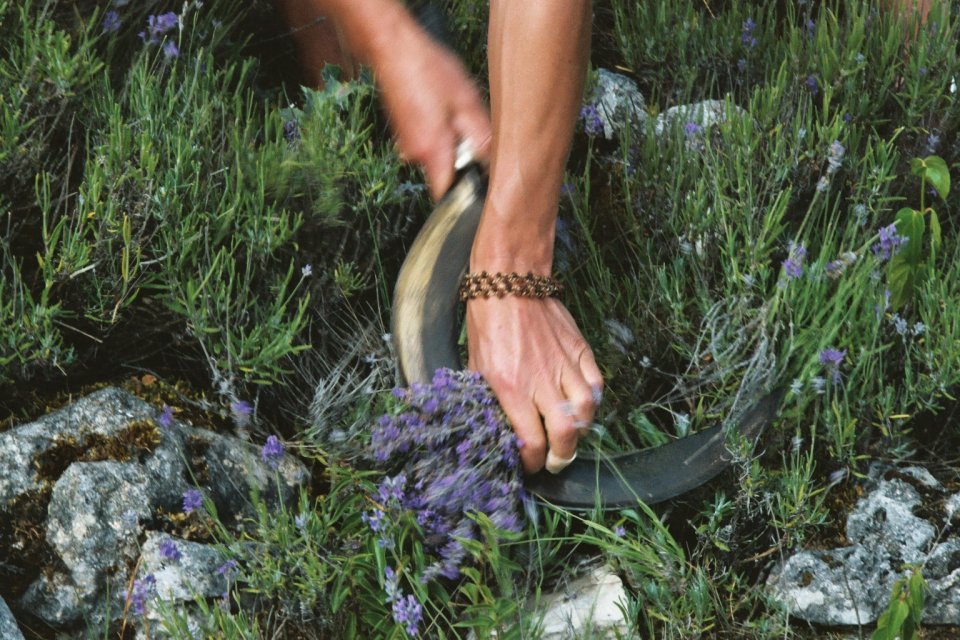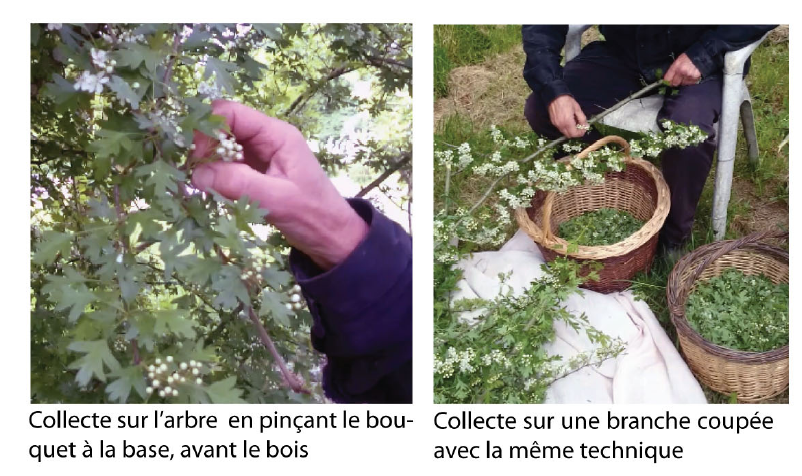
The main objective of this guide and its booklets for each species is to provide the pickers with knowledge of specific aromatics and medicinal plants and to serve as support for their training to adopt respectful practices guaranteeing sustainable management of the natural resources.
Its construction is based on a collection of knowledge and practices of pickers, analyzed with a group of scientists with regard to sustainable resource management (threats and renewal challenges).
The objective is also to enhance the picking profession by disseminating its knowledge and know-how.
Harvesting requires knowledge of plant identification and respectful harvesting practices. However, the economic development of this market has an impact on wild plants which are more and more sought-after and sometimes over-harvested : unsuitable picking practices can result in the reduction, even the disappearance, of sensitive species on over-exploited territories.
These abuses threaten biodiversity and damage good relationships with owners. They taint the profession and can directly threaten the survival of the pickers' activity.
The French Association of Professional Wild Plants Pickers (AFC) is therefore engaged in the drafting of a guide, structured in several documents:
- a general presentation of the characteristics and good practices of wild plant picking, methods and resources; its drafting is in progress, it is the subject of enriching reflections between gatherers and specialists around the trade and plants. The release of this document is scheduled for the end of 2021.
- a collection of booklets by species, chosen according to importance and / or vulnerability: 5 booklets are being finalized (Hawthorn, Gentian, Lavander, Hypericum, Arnica). At the end, 8 new booklets are planned for the end of 2020.
These booklets emphasize the elements of recognition of the species presented, based on its biology, its ecology and the conditions of its reproduction.
Knowing how to pick the right plant must begin by knowing how to identify the appropriate station: being informed of the regulations relating to the species and the place, relationship with the owner, analyzing the sanitary state of the site and the plants, the right stage of maturity appropriate to the quality of the products sought.
The documents also detail the harvesting practices, the tools and their uses for each part of the recoverable plant. The precautions to be taken and the impacts of practices on the resource are provided for better management and sustainability of the resource.
The documents are both educational, accurate, highly illustrated and detailed.
The first target of these documents is the professional pickers. The dissemination of these documents is still being discussed within the association; decisions must be made between broad access and financial means. The work of design, writing, illustration and proofreading is substantial, and funding is now very partially acquired.
The practices collected, the information on resources, on regulations are likely to evolve and be enriched: an update of the booklets will have to be carried out after a few years.
A list of priority plants for the writing of future booklets has been established according to the risks of over-picking, practices to avoid, to recommend ... 30 booklets are envisaged in the 1st edition, 75 to 80 could be written in the long term.
The monitoring of the guide and its booklets could be a recommendation requested by the processing companies from the pickers who supply them, to ensure sustainable management of the resources they value.
Thomas Echantillac, thomas.echantillac@outlook.fr, http://www.cueillettes-pro.org/
Michèle Lagacherie, michele.lagacherie@cnpf.fr, https://occitanie.cnpf.fr/
Further information
GIE Plante Infuse

Picking techniques are presented as for the storage, the drying and other processing steps for different parts of the plants. Photo : AFC.
